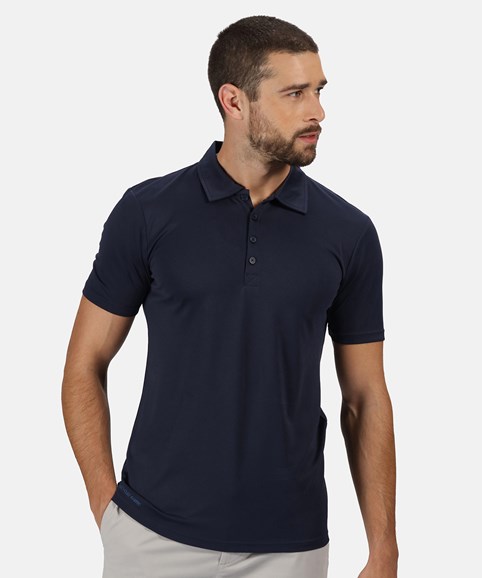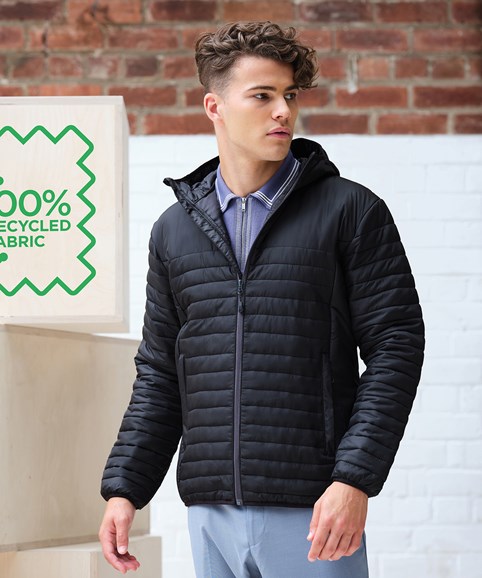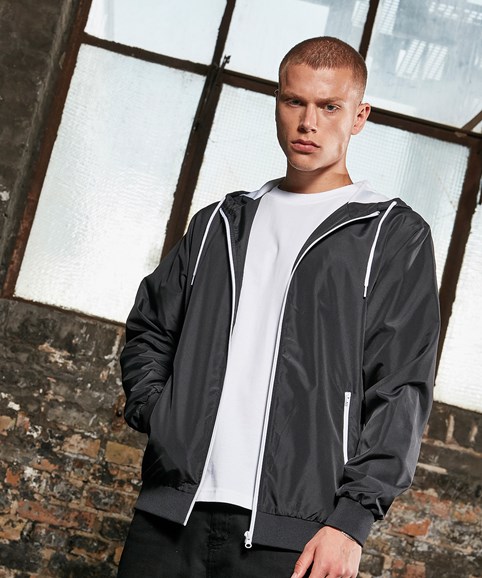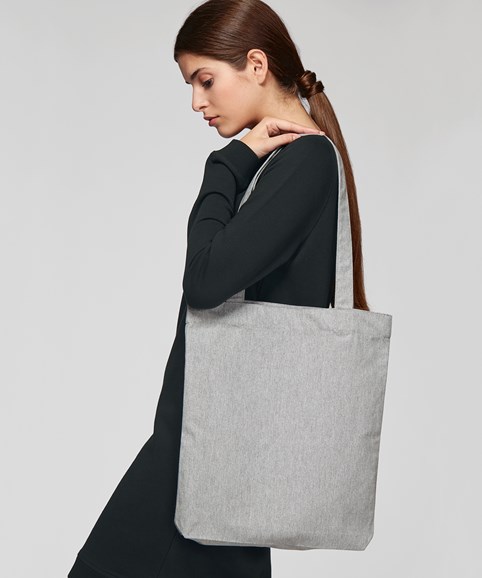
Every single piece of plastic ever produced still exists on earth... It’s a startling fact, that many of us became aware of following the Blue Planet 2 series. It’s now come to the attention of the public that plastic reduction is a must.
This sparked action across industries and even in parliament at the time, with Theresa May stating, “We look back in horror at some of the damage done to our environment in the past and wonder how anyone could have thought that, for example, dumping toxic chemicals, untreated, into rivers was ever the right thing to do. In years to come, I think people will be shocked at how today we allow so much plastic to be produced needlessly.”
She went on to launch the Government’s 25-year environmental plan, committing to the UK eliminating all “avoidable” plastic waste by 2042.
Unsustainable Fashion
While reduction and switching over to alternatives is vital, we also need to find a use for all of the plastic we already have. We think part of the solution can be found in the clothing we wear.
Clothes are an everyday essential, both at work and in our personal lives. Whether it’s for staff uniform (in a shop, restaurant or university), t-shirts for a marketing campaign, or even fashion garments for retail, we need clothing. Yet the way clothes are manufactured and used is extremely wasteful and damaging to the environment.
Research by the Ellen MacArthur Foundation and supported by fashion designer Stella McCartney (A new textiles economy: Redesigning fashion’s future) shows that every second, the equivalent of one garbage truck of textiles is landfilled or burned. Furthermore, every year an estimated USD 500 billion value is lost, due to clothing that’s barely worn and rarely recycled. It’s predicted that by 2050, If nothing changes, the fashion industry will use up a quarter of the world’s carbon budget.
How Can We Reduce Microplastic Pollution?
The damage continues in our homes, as washing garments releases half a million tonnes of plastic microfibres into the ocean every year. This is the equivalent to more than 50 billion plastic bottles.
These microfibres are almost impossible to clean up, resulting in these now being found in food chains for animals and humans alike. This is before we’ve even considered the human cost associated with ‘fast fashion’ often manufactured in sweat-shops.
There are several at-home solutions to reducing microplastic waste available on the market. From filters to in-wash solutions, these products can be easily used at home to capture microplastics and prevent them from polluting our waterways.
How Is Polyester Recycled?
Recycled polyester or rPET is made from existing polyester that is melted down and re-spun into polyester fibre. Polyester can be recycled from almost anything plastic, apart from blended fabrics such as polycotton, once these materials are blended together the polyester cannot be extracted.
Can You Make Clothing from Recycled Plastic?
At A.M. Custom Clothing, sustainability has always been at the forefront of our mission since our inception. This is why we stock t-shirts, hoodies, sweatshirts and tote bags, made from recycled plastic bottles (100% RPET) and recycled waste organic cotton. All of these products can be custom branded with print or embroidery to your requirements.
Recycled Polyester Sports T-shirt
100% recycled polyester
Derived from plastic bottles
Soft-hand feel and sports fit
100% recycled polyester
Derived from plastic bottles
Fast wicking
100% recycled polyester
Derived from plastic bottles
Water-resistant and breathable
Polyester and rPET mix
Customisable
Windproof
80% recycled cotton, 20% recycled polyester
300gsm
100% GRS-certified recycled cotton
Diverse colour range
Frequently Asked Questions about recycled custom clothing
Is Recycled Polyester Good Quality?
T-shirts made from recycled polyester typically do not lose their strength like other recycled materials. Polyester has inherent water-repelling and fast-wicking properties that make it an excellent choice for sportswear. Given the growing popularity of sportswear, recycled polyester makes for a good choice for sportswear brands and their customers who wish to make more eco-friendly choices.
What Are The Downsides Of Recycled Polyester?
Polyester and plastics cannot ever be truly removed from the earth. The process of making plastic is highly energy-intensive and involves chemicals that can be toxic to aquatic life. Whilst plastics and their production are less than eco-friendly, repurposing them for clothing prevents them from being put into landfill and harming the earth and animals. There is not a one-size-fits-all answer to making clothing sustainable, however, every eco-conscious choice is a step in the right direction.
Is Wearing Recycled Polyester Safe?
The short answer is yes, it is safe to wear clothing made from recycled polyester. The real harm can be done in the fabric dying and finishing processes. Some manufacturers use dyes that can contain chemicals harmful to humans and animals, even the inks used in decoration can contain harmful substances. Here at A.M Custom Clothing, we use 100% phthalate free eco-friendly inks, so you can be safe in the knowledge that your recycled polyester clothing is toxic chemical-free.
We know when it comes to sustainability, more often than not the focus is on retailers and fashion brands. However, we’re striving to fix the same problems by focusing on the millions of units produced every year for workwear, uniform, events, promotions, and of course retail.
If you’d like to join some of the biggest brands in the world, get in touch with us below.
Got an enquiry, or looking to make an order?
Order 1-24 items online Get a quote for 25+ items
This post was updated in October 2021 with the most up-to-date information and advice from our expert print and embroidery team.








